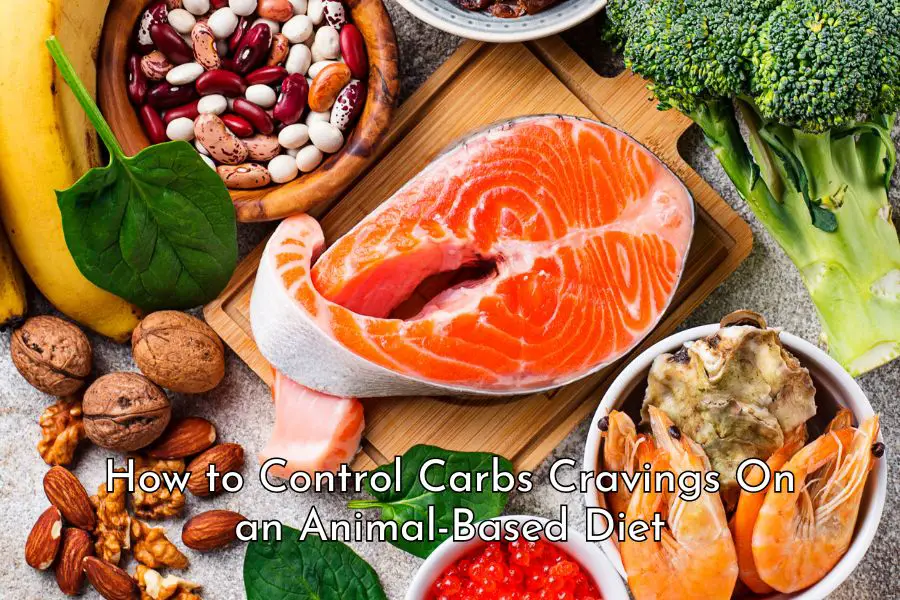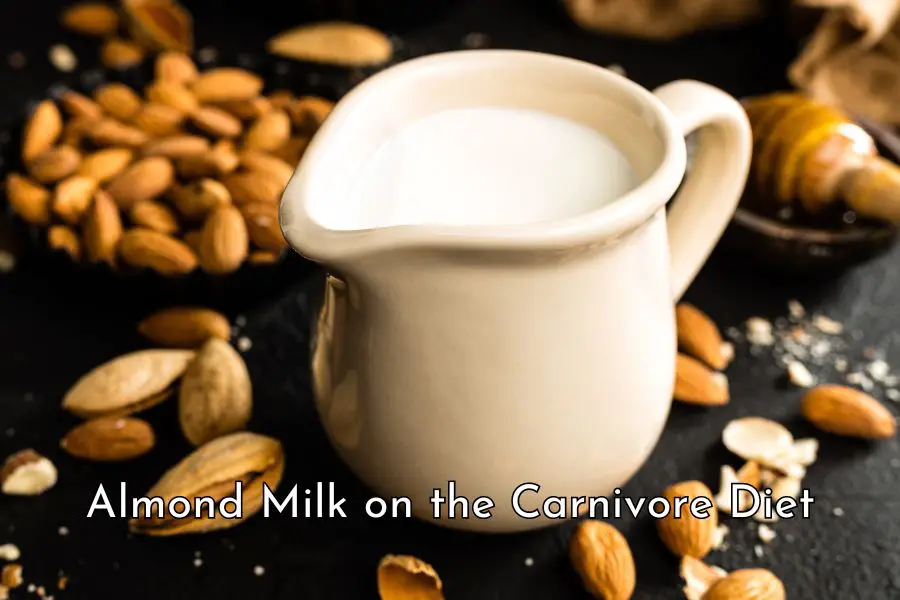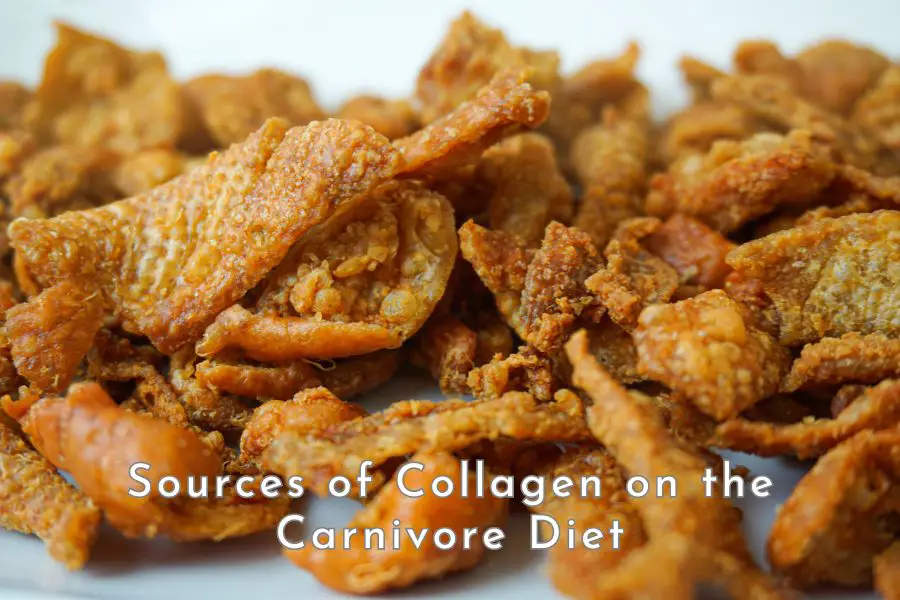If you’re feeling better on an animal-based diet compared to a 100% carnivore diet but struggle to control your sugar and carbohydrate intake, explore our top tips below.
Before diving into practical advice, let’s clarify what an animal-based diet entails and what foods you can include.
An animal-based diet focuses on obtaining the majority of your calories and nutrients from animal-sourced foods (e.g., beef, lamb, pork, chicken, fish, eggs, and dairy) while incorporating a smaller portion from plant-based foods (e.g., fruits, vegetables, nuts, seeds, and grains).
Essentially, an animal-based diet is a version of the omnivore diet where animal-sourced foods make up the bulk of your calorie and nutrient intake.
The healthiness of an animal-based diet depends on your food choices and preparation methods. Consuming mostly sausages, bacon, deep-fried chicken, burgers, and veggie chips is definitely not healthy. However, if you mostly eat just good quality fresh meat and a small amount of seasonal fruits and vegetables, you are eating similarly to the way our ancestors used to eat and this would be a much healthier approach.
However, even in healthy versions of an animal-based diet, there are potential dangers because carbohydrates are generally highly palatable and can be challenging to portion-control especially in today’s food environment. If you struggle with managing your carbs intake, consider implementing the practical tips below.
1. Never Start Your Day with Carbs
What you start your day with often sets the tone for the rest of the day. If you start your day with a meal high in carbohydrates, you are likely to consume more carbs for the rest of the day. This is because eating a high-carbs meal whether it’s breakfast or brunch can cause a spike in blood sugar levels followed by a rapid drop, leading to increased hunger and cravings for more carbs.
Therefore, it’s best to start your day with quality protein and healthy fats which are highly satiating and can help maintain stable blood sugar levels, reducing the likelihood of carbs cravings later on. [1, 2]
2. Eat Animal Proteins and Fats to Satiety Before Eating Carbs
At every meal, whether it’s breakfast, lunch, dinner, or supper, always eat quality proteins and fats first to satiety before any carbs to help control your carbs intake.
Animal proteins and fats are highly satiating due to their positive influence on hunger hormone (ghrelin) and satiety hormone (leptin). They help you feel full and satisfied for a longer period. By eating proteins and fats until you are satiated, you are less likely to overeat when you do consume carbs. This can help control portion sizes and prevent overindulgence in carbs-rich foods. [3, 4]
Examples of good quality proteins and fats include beef, lamb, pork, poultry, eggs, tallow, lard, butter, and ghee. Always remember to look for grass-fed and pasture-raised sources if possible.
3. Move Your Body After Consuming Carbs
Immediately after consuming any significant amount of carbs, engage in light physical activities for 15-30 minutes like walking, doing household chores, stretching, or gentle cycling to aid in metabolizing carbs more efficiently.
These light exercises facilitate the uptake of glucose into the muscles, helping to clear glucose from the blood more rapidly and lower blood sugar levels more quickly. They also increase your overall energy expenditure, which helps to burn off the glucose derived from carbohydrates more quickly and prevent excess glucose from being stored as fat. [5, 6]
4. Always Keeps Animal-Based Snacks Handy
Having animal-based snacks like beef jerky, meat sticks, cheese sticks, hard-boiled eggs, or full-cream yogurt readily available makes it easier to choose a healthy option, helping you steer away from unhealthy quick, carbs-rich alternatives.
Animal-based snacks are often high in protein and healthy fats, both of which are highly satiating. This means they help you feel full and satisfied for longer periods, reducing the temptation to snack on carbs-heavy foods.
Moreover, protein and fat have a minimal impact on blood sugar levels compared to carbohydrates (which are negligent in animal-based snacks). Therefore, consuming animal-based snacks helps maintain stable blood sugar levels, preventing the spikes and crashes that can lead to cravings for more carbs.
5. Buy and Stock only a Small Quantity of Carbs
If you have a large stock of carbohydrate-rich foods (e.g., cookies, ice cream, popcorn, chips, dried fruits) in your house, you are more likely to consume them in larger quantities and more frequently. On the other hand, having a smaller quantity of carbs available at home reduces the likelihood of over-consumption. This limited availability helps control portion sizes and minimizes the frequency of indulgence. You can’t be tempted by what you don’t have in your house and are less likely to make a special trip to the store for a snack, especially when cravings strike at inconvenient times.
Additionally, aim to go shopping after you’ve had a healthy meal with plenty of animal proteins and fats. This will make you less likely to give in to cravings and pick unhealthy foods.
6. Never Eat Your Carbs Naked
Eating carbs “naked,” meaning without pairing them with protein or healthy fats can lead to quicker digestion and absorption of sugars into the bloodstream. This will cause a rapid increase in blood sugar levels and trigger the release of insulin to help transport glucose into cells, leading to a subsequent drop in blood sugar levels. This drop can trigger cravings for more carbs to replenish energy quickly later on.
As mentioned above, carbs do not provide sustained feelings of fullness like protein and fats, hence you may feel hungry again shortly after consuming carbs, prompting further snacking.
7. Choose Good Carbs
Not all carbs are created equal so when incorporating carbs into your diet, it’s crucial to choose high-quality sources. Honey and full-cream milk (if well tolerated) are excellent animal-sourced carbs. Additionally, according to Dr. Paul Saladino, a proponent of the animal-based diet, fresh seasonal fruits, squash, and tubers are considered good sources of carbs with lower levels of plant toxins. However, it is important to remember that all plant-based foods contain some level of plant toxins, and you will need to experiment to determine which plant-based foods you feel best consuming. [7]
Eating what’s in season rather than sticking to a short list of carbs all year round is also beneficial. This approach aligns more closely with the way our ancestors ate, promoting variety and ensuring a more balanced intake of nutrients (as well as cycling of anti-nutrients) throughout the year.
8. Avoid All Forms of Processed Carbs
This is an obvious one. Processed foods are engineered by manufacturers to be highly palatable and addictive, making it especially difficult to regulate consumption. Additionally, because processed foods have been linked to numerous health issues, it is best to avoid all forms of processed foods, especially those high in carbs. [8]
Processed foods typically contain high amounts of sugar, fat, and salt, which enhance their taste and create a highly palatable combination that is difficult to resist. Ever wonder why it’s so hard to stop eating potato chips? They contain exactly these three ingredients: refined carbohydrates, fat, and salt. These ingredients stimulate the release of dopamine, a neurotransmitter associated with pleasure and reward (similar to addictive substances like drugs and alcohol), leading to cravings and addictive behaviors. [9, 10]
In addition to sugar, fat, and salt, processed foods often contain flavor enhancers, artificial sweeteners, and texturizers such as emulsifiers designed to make them extremely appealing to our taste buds and hyper-palatable. [11]
Furthermore, processed foods are convenient, extremely affordable, and readily available, making them easy to consume frequently. The ease of access and the minimal preparation required lower the barriers to consumption, which can lead to habitual eating patterns and over-consumption.
9. Stay Hydrated
Sometimes, thirst can be mistaken for hunger or cravings, leading to unnecessary snacking. Therefore, it’s beneficial to drink plenty of plain water throughout the day and avoid sugary beverages. Whenever you feel the urge to reach for a snack, consider whether you might be thirsty instead of hungry. Try drinking some water first to see if your cravings subside.
10. Plan Your Meals
Having a well-thought-out meal plan and having healthy snacks readily available can be instrumental in preventing impulsive eating of high-carbs foods. When you have a structured meal plan, you are more likely to make intentional food choices that align with your long term health goals. This includes shopping and preparing balanced meals that incorporate quality proteins and quality fats which can help stabilize blood sugar levels and reduce cravings for unhealthy carbohydrates.
11. Distract Yourself
When cravings strike, distracting yourself with activities like taking a walk or engaging in a hobby or another fulfilling activity can be highly effective in redirecting your focus away from food. Physical activities such as walking not only help to occupy your mind but also contribute to improved blood circulation and mood enhancement, which can naturally lessen the intensity of cravings. Engaging in a hobby or activity that you enjoy, whether it’s reading, painting, or gardening, provides mental stimulation and fulfillment, further reducing the urge to indulge in unhealthy snacks.
12. Manage Your Stress and Emotions
Emotional states like sadness, happiness, or stress often trigger cravings for comfort or celebration foods, which typically lean towards sugary or carbs-rich options like chocolate, ice cream, cookies, donuts, or alcoholic and sweetened beverages. Stress, in particular, can significantly influence cravings for these comfort foods. Therefore, it’s essential to find healthy ways to manage stress, such as regular exercise, meditation, mindfulness practice or engaging in hobbies that bring joy and relaxation.
13. Get Enough Sleep
Lack of sleep can have a significant impact on hunger hormones, disrupting the delicate balance that regulates appetite and cravings, often leading to increased desires for carbohydrates. When sleep is insufficient, levels of ghrelin, the hormone that stimulates appetite, rise while levels of leptin, the hormone that signals fullness, decrease. This hormonal imbalance can create a heightened drive to seek out and consume carbs-rich foods as a quick energy fix. [12]
Therefore, it is important to prioritize achieving 7-9 hours of quality sleep each night. Quality sleep supports hormonal balance, enhances overall cognitive function, and promotes better mood regulation, all of which contribute to healthier eating habits and reduced cravings throughout the day.
14. Allow Small Indulgences
Completely depriving yourself of carbs can sometimes backfire. If you crave something specific, consider allowing yourself a small portion in moderation. For some people, allowing a small indulgence (e.g., a small serving of homemade ice cream, a homemade cookie, or a small slice of cake) at the end of the day can be good motivation to commit to clean eating throughout the day.
Conclusion
Some people feel better when they incorporate a small to moderate amount of carbs into their diet. However, a potential risk of this approach is that carbs can be highly addictive, and for some individuals, their animal-based diet may gradually shift toward a more plant-based diet due to an increase in carbs consumption.
The only way to determine if an animal-based diet works for you is to try it out for yourself. If you find that you need some carbs to feel your best but struggle with managing your intake, consider incorporating the strategies discussed above into your routine. These methods can help you better control carbs cravings and support your overall health and well-being.
Other posts you might be interested in:
Best Sources of Carbohydrates On a Meat-Based Diet
Carnivore vs Low-Carbs vs Moderate-Carbs vs High-Carbs
Ground Beef Nutrition: Your Comprehensive Guide
Is Carnivore the Best Anti-Aging Diet Around?
What Is the Best Meat to Eat on the Carnivore Diet?
10 Tips to Sneak More Organ Meat into Your Children’s Diet
Why You Should Avoid Farmed Salmon on the Carnivore Diet
Disclaimer: The information in this post is for reference purposes only and is not intended to constitute or replace professional medical advice. Please consult a qualified medical professional before making any changes to your diet or lifestyle. Please check out our disclaimer for more detail.





